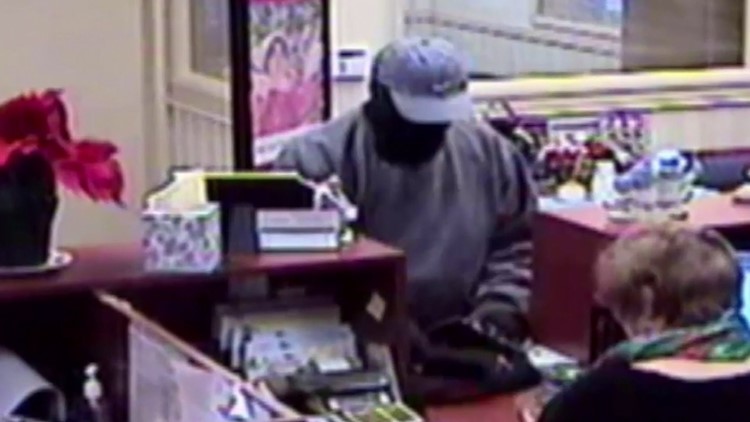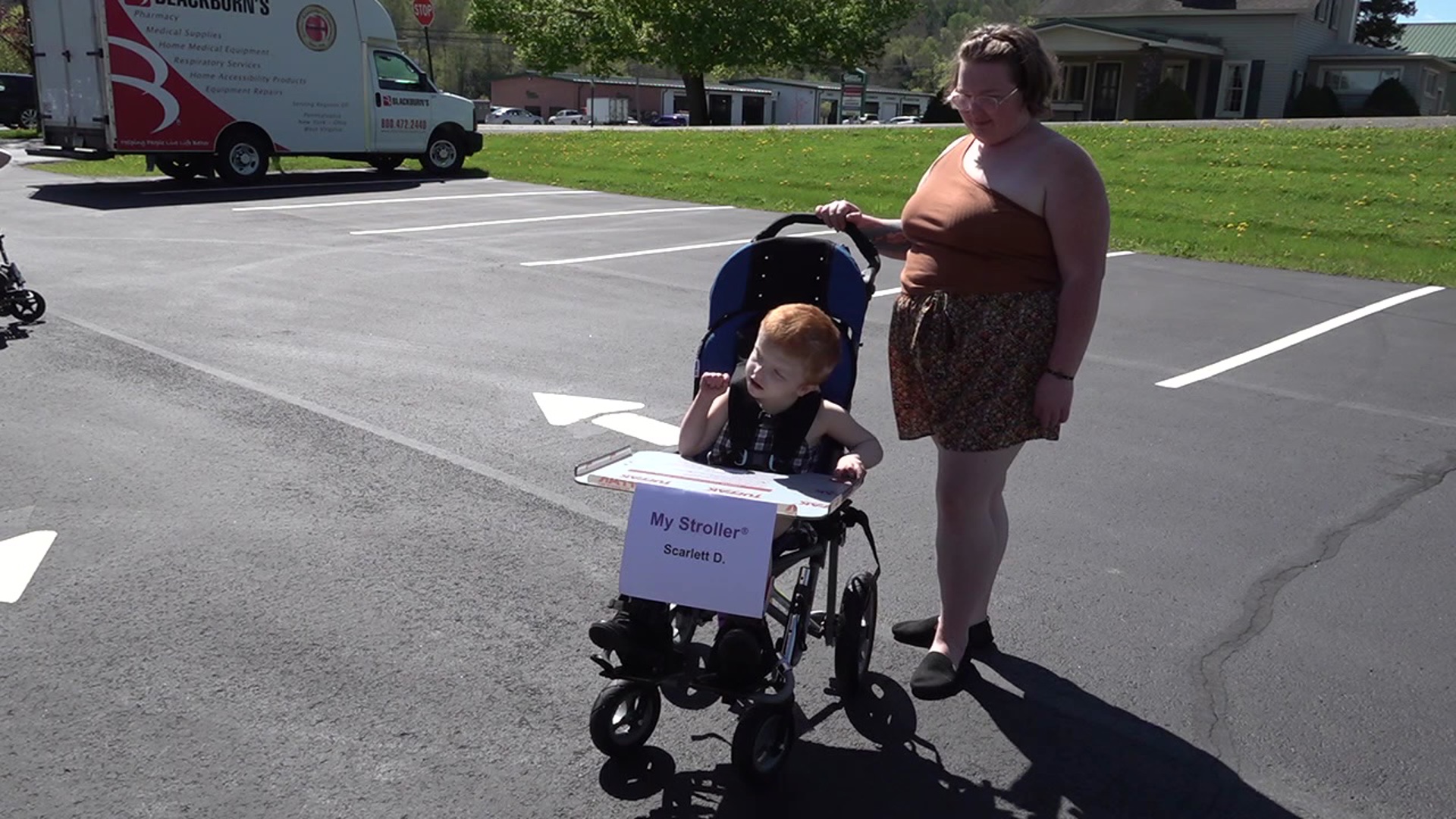SCRANTON -- Pennsylvania is third in the nation when it comes to the number of bank robberies in recent years.
We may not be seeing a return to the days of Bonnie and Clyde or John Dillinger, but we are seeing bank robbers who are more calculating and potentially dangerous than in the past.
They burst into banks. They either show a gun or claim to be concealing a gun or a bomb.
A former teller who did not want to be identified witnessed three bank robberies but will never forget her first.
“My heart just stopped. It was pretty frightening.”
The robber threatened to beat her with a pipe. Her description helped police track down the robber down and arrest him that day, but her life was never the same.
“You’re constantly looking over your shoulder.”
Many other bank workers are as well.
FBI statistics show Pennsylvania is third in the nation in the number of bank robberies from 2009-2014. Sean Quinn is the special agent in charge of the FBI’s Scranton office. He blames so-called serial robbers for the rising number of bank robberies in our area. He says they are more sophisticated and more likely to use weapons and intimidation than the bank robbers of a generation ago.
“Serial bank robbery is a trend in northeast Pennsylvania that we haven’t seen in the recent past,” Quinn said.
Examples include Jeffrey Townsley of Kingston. He's now in federal prison for a three-week robbery spree that began Christmas Eve 2013. During the holidays, Townsley held up two banks, an adult store, even a nail salon at gunpoint.
“And I’ll call it a reign of terror. His job, besides stealing, was to scare the people he was stealing from,” added Quinn.
Police records show Townsley would grab driver's licenses, look at the addresses, and threaten to go to their homes if they called police during his crime spree.
“A person like this essentially makes you believe you’ve met the end of your life,” Quinn said.
Another example of a serial robber is former cop Carl Holliday of New Jersey. In the second half of 2010, he robbed seven banks and a pharmacy in New Jersey and Pennsylvania, including a bank in White Haven.
Quinn calls Holliday dangerous because the former police officer was trained in using weapons. Court records show Holliday took more than $22,000 from banks by staking them out and by timing his holdups.
“He’s exactly the type of bank robber that makes people like myself and the agents who work here and the state police who work on these cases lose sleep at night.”
Quinn says bank workers and customers can help keep bank robbers from continuing sprees by staying alert. Look for cars parked in a lot nearby for periods of time with a person in the driver’s seat. It could be a robber on a stakeout. If you witness a holdup, pay attention to things such as accents, tattoos, or limps.
“My eyes are constantly moving to see what’s going on with people.”
That former teller is now a bank manager, and while she's coped with three robberies, she's seen other bank employees quit because of the experience of coming face to face with a robber.
“They can’t do it anymore. They’re in other jobs where they don’t have to deal with the public. And to have that kind of fear, it’s just not healthy.”
Nationwide, the number of bank robberies is down 34 percent since 2009.
People in law enforcement believe that as banks invest in better surveillance and workers and customers become better witnesses, we could see a similar drop in our area.



